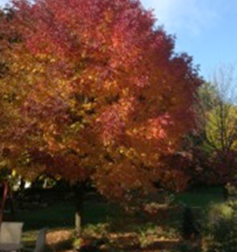
Authors: PJ Liesch UW Entomology
Last Revised: 04/01/2025
This article addresses some of the most frequently asked questions regarding the treatment of ash trees for emerald ash borer (EAB), and the removal and disposal of infested trees.
When should I consider treating my ash tree for EAB?
Historically, treatment decisions were based upon being within or near a quarantined county. As of 2024, all Wisconsin counties now have confirmed detections of EAB. Thus, treatments may be warranted for EAB regardless of location within the state. Due to the expense of insecticide treatments for EAB, consider the value of a particular ash tree in relation to treatment costs before making any treatments. The use of appropriate insecticides can help maintain the health of high value ash trees over time. Lower value ash trees and trees in poor health are not good candidates for insecticide treatments.
How do I know if my ash tree has value?
Ash trees can be a valuable part of the landscape. A properly cared for ash tree can increase property value, provide environmental benefits such as runoff and erosion mitigation, and reduce electricity costs by shading a home. Determining tree value can be subjective, but several online calculators exist to estimate tree value (e.g., Arbor Day Foundation, etc.).
Qualities to consider when assessing value include (but are not limited to) a tree’s overall health, shape, location with respect to landscape design, and appearance through the seasons, as well as whether or not a tree provides shade. A healthy ash tree that is properly located in the landscape, has a nice shape and good fall color, and provides shade has a lot of value. An ash tree that is not healthy due to disease or insects, has poor shape or structural damage, is otherwise unattractive, or is in a bad location (e.g., near a power line) is of lower value.
How do I know if there are ash trees in my area that are infested with EAB?
EAB was first detected in southeastern Wisconsin in 2008 and has since spread around much of the state. As of 2024, all 72 of Wisconsin’s counties have confirmed infestations of EAB. The heaviest presence is in the southern half of the state, with more scattered activity in northern Wisconsin. Over time, EAB will continue to spread in the areas where its presence is currently limited. The Wisconsin Department of Agriculture, Trade and Consumer Protection (DATCP) keeps a detailed record of EAB infestations in Wisconsin. Visit the Wisconsin DATCP EAB Resource Guide website and view the interactive map.
How do I know if my ash tree has EAB?
Symptoms of an EAB infestation can include:
- Canopy thinning starting in the upper portion of the tree
- Epicormic sprouting (i.e., formation of sprouts) along the trunk
- Bark splitting
- Woodpecker damage
These symptoms indicate general tree stress and can be due to EAB. However, they also can be caused by diseases or insects other than EAB. Specific signs of EAB include:
- D-shaped exit holes (~3/16 inch wide) in the bark of the tree
- S-shaped larval tunnels and/or larvae (cream colored, up to 1½ inches long) beneath the bark
- Adult beatles (metallic green, ~3/8 inch long)
Visit the UW-Madison Emerald Ash Borer in Wisconsin website for additional information on the symptoms and signs of EAB.
If I decide to treat my ash tree, will I have to treat it every year?
In most cases, yes. Most insecticides registered for EAB require yearly applications to effectively protect a tree (e.g., soil treatments with imidacloprid or basal bark treatments with dinotefuran). Products containing the active ingredient emamectin benzoate, are labelled for two years of protection. Such products are trunk-injected insecticides intended for use by professional insecticide applicators (e.g., certified arborists). These products can effectively protect an ash tree if the tree is treated every other year.
If EAB has already killed susceptible trees in my area, do I need to keep treating my tree?
Yes.
In some parts of Wisconsin (e.g., southeastern counties), ash mortality due to EAB has approached 100%. However, ash seeds remain in the soil and new ash seedlings are appearing in the landscape. Young ash trees are not attacked by EAB until they become large enough. The continued presence of ash in the landscape will allow EAB to persist, although EAB populations will likely be lower than during the peak of destruction. If insecticide treatments are stopped on previously protected trees, they may be attacked and damaged.
It’s possible that insecticide treatment protocols could change over time to allow for longer treatment intervals (e.g., additional year between treatments). However, this is an emerging topic and additional research is needed. Thus, insecticide treatments should be continued to protect and maintain the health of high value ash trees.
Can I treat an ash tree myself, or do I have to call an arborist?
If your ash is smaller than 47 inches around the trunk at chest height (i.e., 15″ diameter at breast height [DBH]), you may be able to treat your ash tree yourself. Research has shown that the soil drench treatments available to homeowners struggle to protect large trees. Individuals with large ash trees (i.e. 20+ inches diameter at breast height) should consult a professional arborist.
The Homeowner Guide to Emerald Ash Borer Insecticide Treatments provides a list of products currently available for homeowner use. If you decide to treat your own trees, be sure to read and follow all label instructions of the insecticide that you select to ensure that you use the product in the safest and most effective manner possible.
In some situations, hiring a certified arborist to treat your ash tree may be more desirable. Professionals have access to specialized application equipment and additional insecticides not available to homeowners (e.g., insecticide treatments that can protect trees for multiple years & effective treatments for large trees). They are also trained to measure trees accurately, and assess the overall health of trees. The Wisconsin Arborists Association website has a list of certified arborists in the state.
Note that the University of Wisconsin does not endorse any specific insecticide products or application techniques over others.
How many trees can I treat for EAB?
Insecticide treatments are not appropriate for large areas (e.g., woodlots or forested areas) or large numbers of ash trees. Such treatments are most appropriate for protecting small numbers of high-value ash trees. Cumulative costs of treatments are one reason for this. In addition, insecticides can have specific limits on the amount of active ingredient that can be applied to a given area over time (e.g., per acre per year). For the common homeowner products, this often means that you can only legally treat a few ash trees in a yard in a given year. Read and follow all instructions on the insecticide label to make sure you are not exceeding application limits.
Am I allowed to treat an ash tree in my yard between the sidewalk and street?
The answer to this question can vary from municipality to municipality. In many cases, municipalities have treatment or removal & replacement plans already in place. Contact your local town, village or city to determine an appropriate strategy for protecting your sidewalk trees from EAB.
How much does it cost to treat an ash tree for EAB?
A single tree that is 32 inches around at chest height (approximately 10″ DBH) can be treated with a granular or liquid soil drench (homeowner) product for roughly $20-50/year. Larger trees will require a larger amount of product and costs will be higher.
Arborist treatment costs vary depending on tree size and location, the insecticide selected, and the application method, but are often $200 or more. A trade-off is that many of the products available to arborists (i.e., emamectin benzoate can effectively protect trees for multiple years).
It can be helpful to consult two or more arborists in your area to discuss treatment options and costs. To make an accurate comparison among service providers, make sure you know what insecticide will be used, the method of application, and how often treatments will be made. An arborist may not be able to determine the exact cost of treatment for your specific ash tree without a site visit, but they may be able to provide you with a general cost estimate for a typical ash tree.
Do I have to remove my ash tree if it is infested with EAB?
Preventing EAB infestations is the best strategy for maintaining the health of ash trees. However, if an ash tree becomes infested and the infestation is detected early, you may be able to treat the tree to prevent further damage, and help the tree recover. Research suggests that insecticide treatments are significantly more effective on EAB-infested ash trees with less than 50% canopy thinning. Insecticide treatments are not recommended for trees with greater than 50% canopy thinning; these trees should be removed. Trees that become infested with EAB and are not treated will ultimately die and will need to be removed.
How much does it cost to remove an ash tree?
Typically, a small (less than 25 feet in height) ash tree may cost several hundred dollars to be removed by an arborist. Larger trees may cost $1,000 or more to be removed. Individual site factors (e.g., proximity of the tree to structures, power lines, or other hazards) can significantly increase the cost of removal. Tree removal costs also may vary from location to location in Wisconsin. Ultimately, removing recently killed trees while they are structurally sound, can be safer and more cost effective. Ash trees are known to become brittle and hazardous relatively quickly, which can increase removal costs by an arborist. See WI-DNR Publication FR-766 “Emerald ash borer: the dangers and costs of infested trees” for additional information on this topic.
How do I dispose of wood from an infested ash tree?
When removing an infested ash tree, check with your municipality to see if a wood disposal or utilization program is in place. If you have a tree removed by a tree care service, the service may be able to handle the disposal of wood from the infested tree. If you decide to use wood from an ash tree for firewood or other purposes, the best course of action is to use it locally. Transporting infested wood risks spreading pests or diseases elsewhere in the state and region.
Information about Wisconsin’s firewood regulations can be found on the Wisconsin DATCP Emerald Ash Borer website. In addition, Wisconsin DATCP also has a quarantine for spongy moth, which regulates the movement for firewood and other materials. Lastly, the Wisconsin DNR has a permanent regulation about firewood on state-owned lands. If moving firewood to or through tribal lands, contact the tribe for current regulations.
More information on controlling Emerald Ash Borer
Acknowledgement:
Dr. Chris Williamson (formerly UW-Entomology) and Dr. Patti Nagai (formerly Extension – Racine County) for work on the original version of this document.

 Watch:
Watch: 

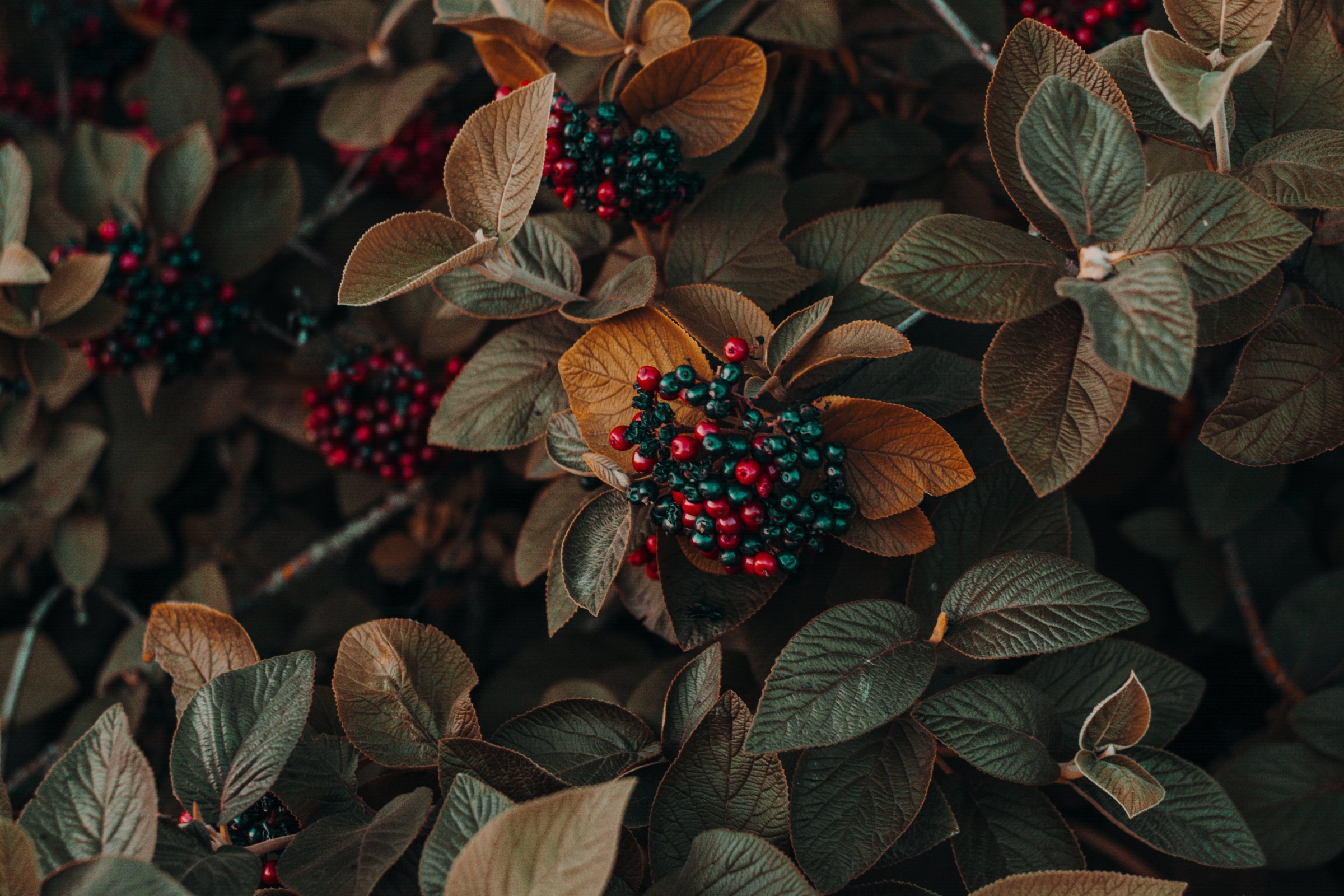
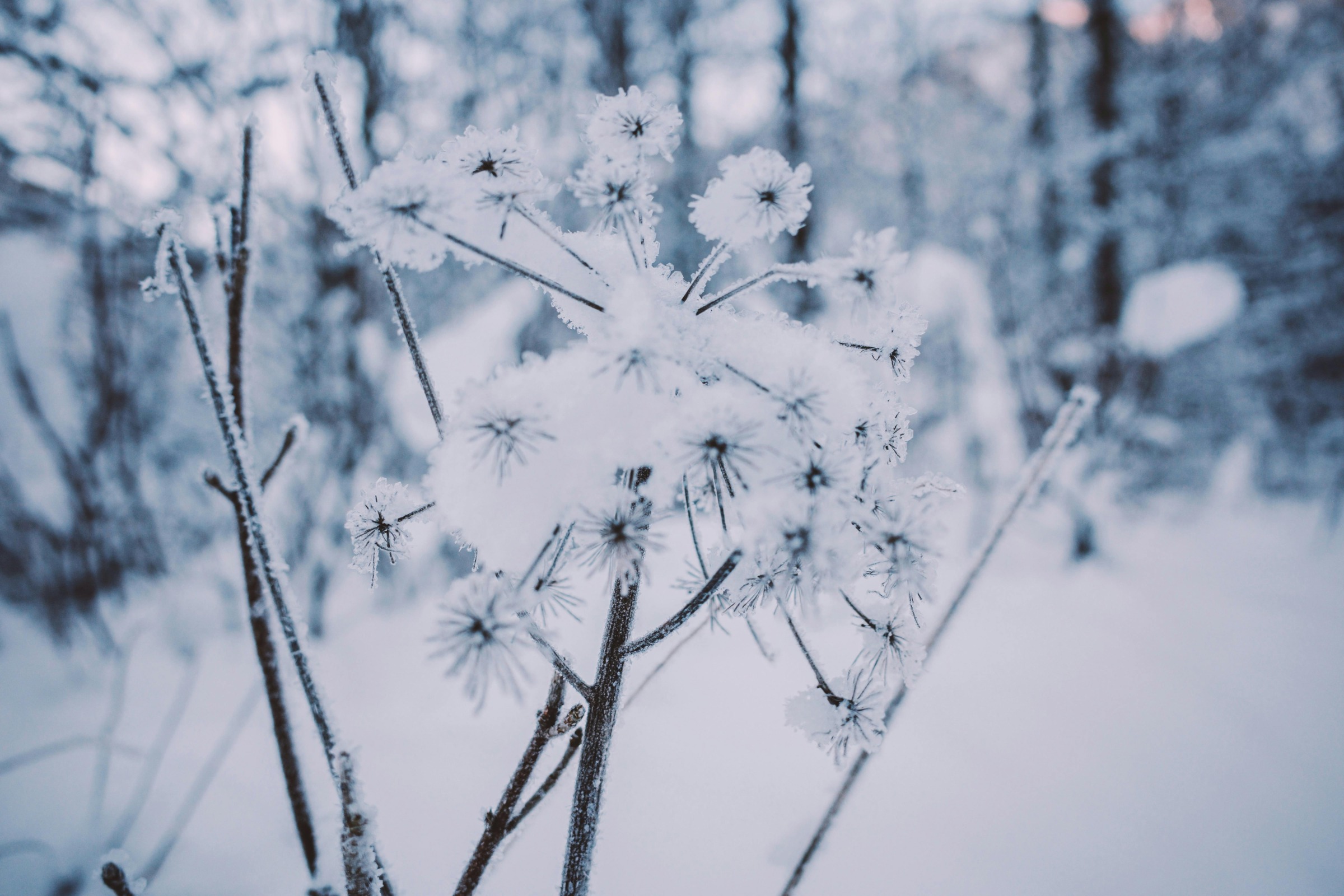
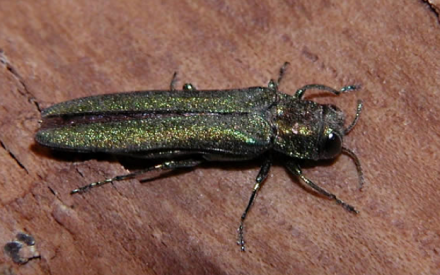 Homeowner Guide to Emerald Ash Borer Insecticide Treatments
Homeowner Guide to Emerald Ash Borer Insecticide Treatments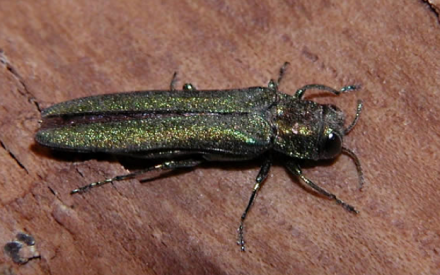 Professional Guide to Emerald Ash Borer Insecticide Treatments
Professional Guide to Emerald Ash Borer Insecticide Treatments Protecting Your Tree From Emerald Ash Borer
Protecting Your Tree From Emerald Ash Borer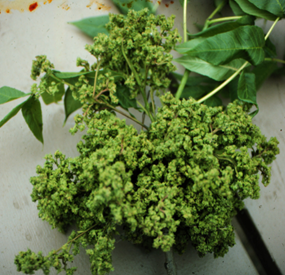 Ash Flower Gall
Ash Flower Gall